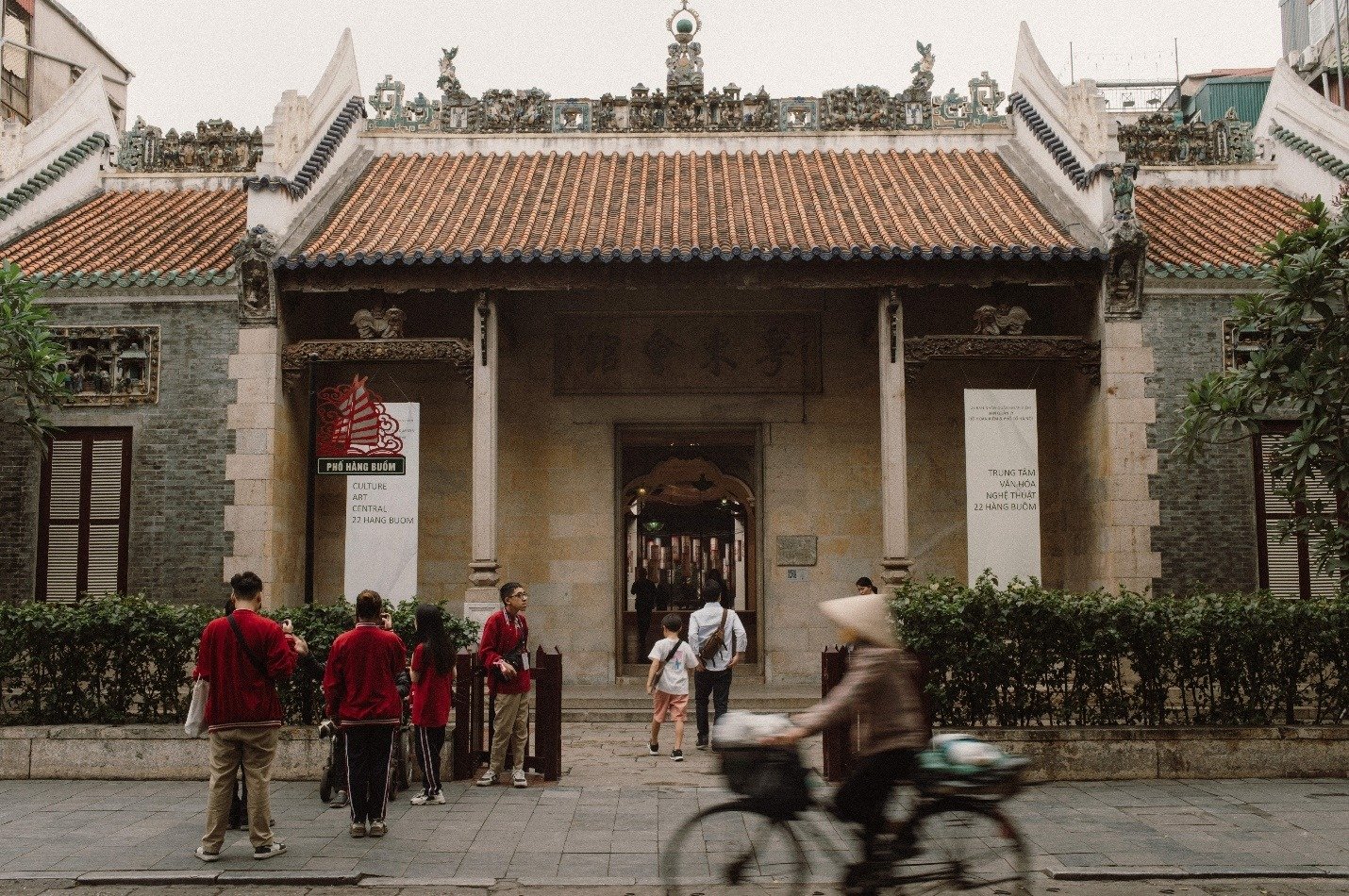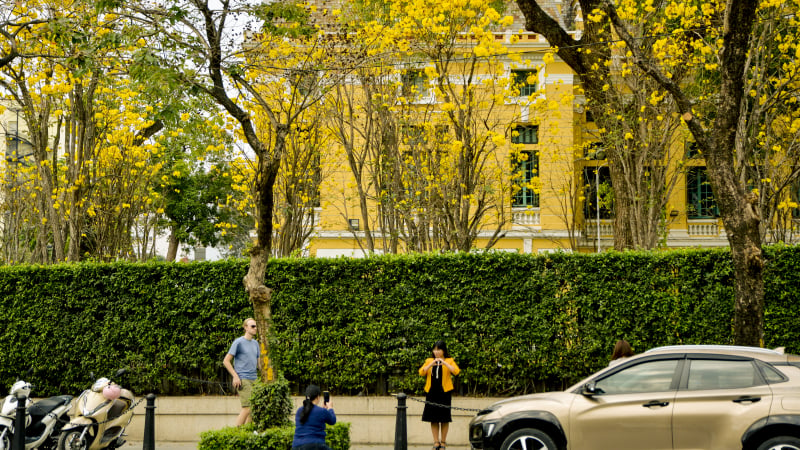The heart of the ancient Thang Long citadel, Hanoi Old Quarter, has long been known as a symbol of traditional culture, a place that preserves the quintessential values of the elegant Trang An people. However, with the passage of time and the urbanization process, ancient houses bearing the architectural imprint of the ancient Thang Long - Ke Cho are gradually becoming rare.
In the heart of the bustling, noisy city, the remaining ancient houses are like silent historical witnesses, telling the story of an old Hanoi, of moss-covered houses, dark brown tiled roofs, of winding, narrow alleys. Each house, each alley contains within itself unique cultural, historical and architectural values, and is an attractive destination for domestic and foreign tourists who want to learn and explore the ancient, quiet beauty of Hanoi.
Ma May Ancient House with a space preserving the beauty of old Hanoi
Ma May ancient house was built in the early 19th century, is one of the last 14 ancient houses still existing in the capital Hanoi that still retains almost intact the traditional architecture of Hanoi ancient houses. Therefore, the house has been put into conservation to retain the mark of an old Hanoi. Over the centuries, the house has changed owners many times.
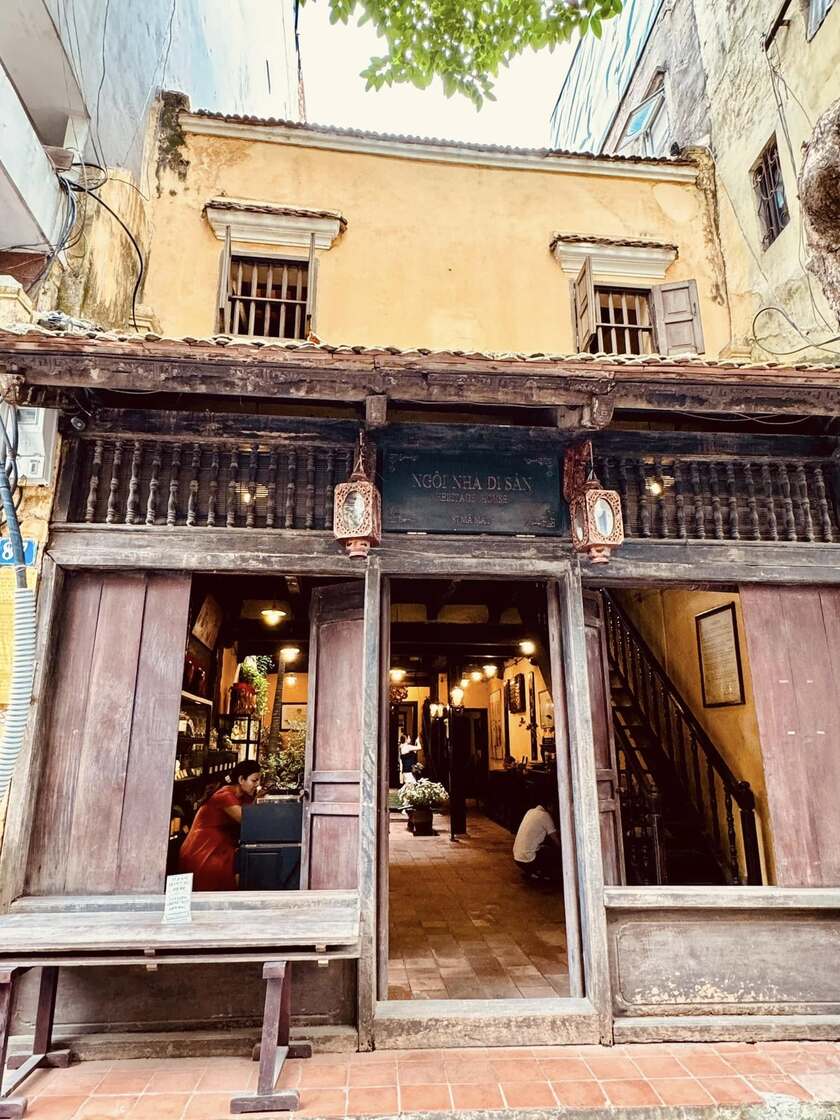
This is one of the rare ancient houses that still retains the typical architecture of old Hanoi.
This old house is a testament to the traditional architecture in an old urban center of Vietnam from the late 19th century and was used for trade and commerce. Hanoi is known for its tube houses, and this house is no exception. Tube houses are long, narrow tubes and are divided into areas serving all the needs of family, commerce and residence. As soon as you step inside, you will see large open spaces.
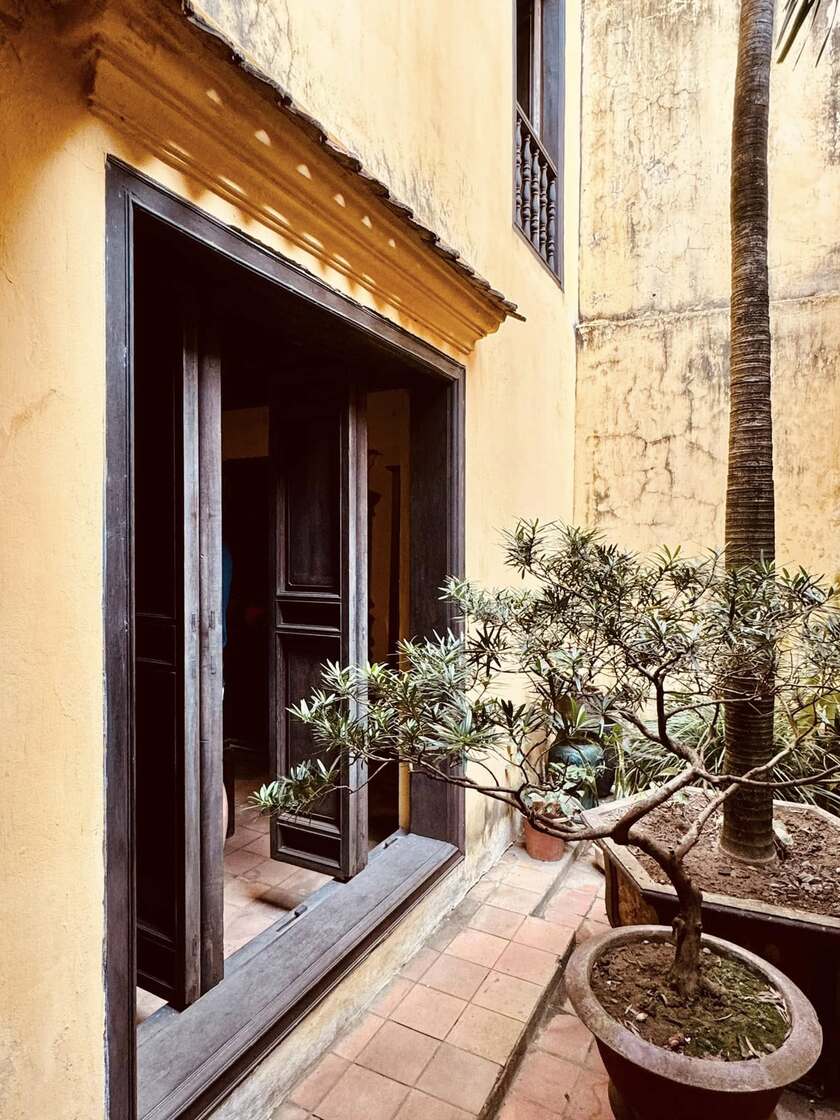
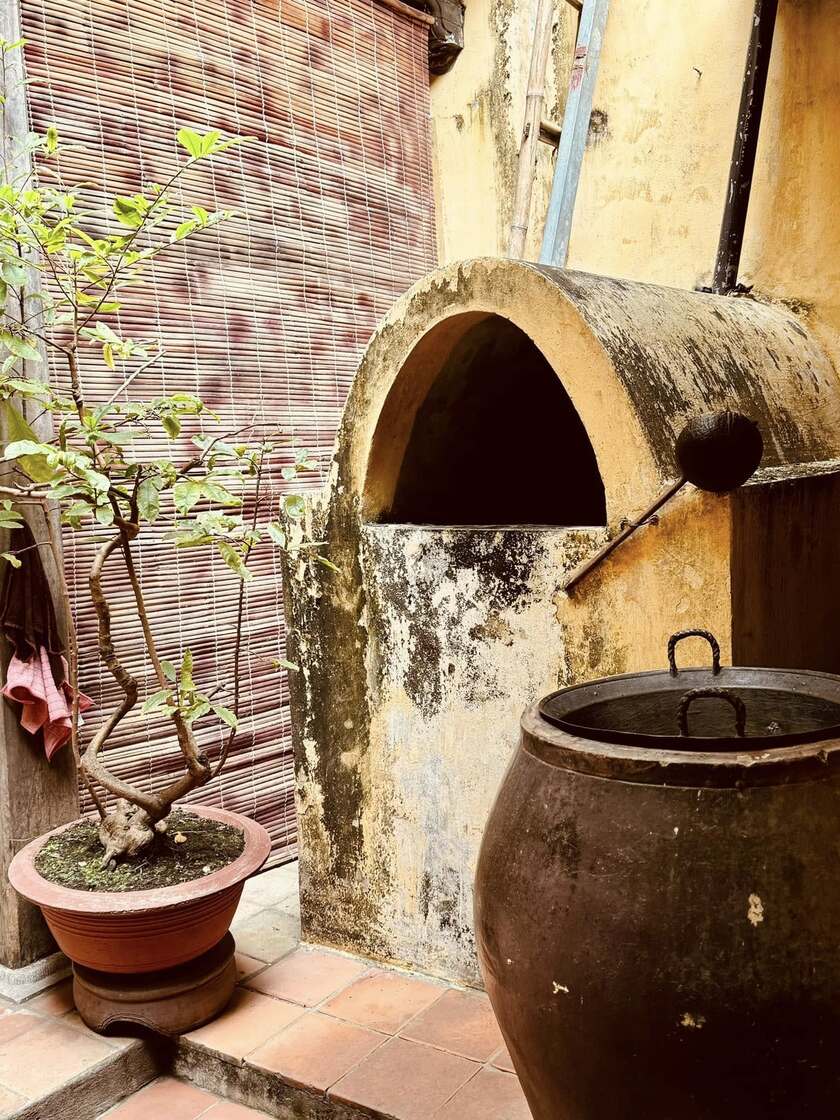
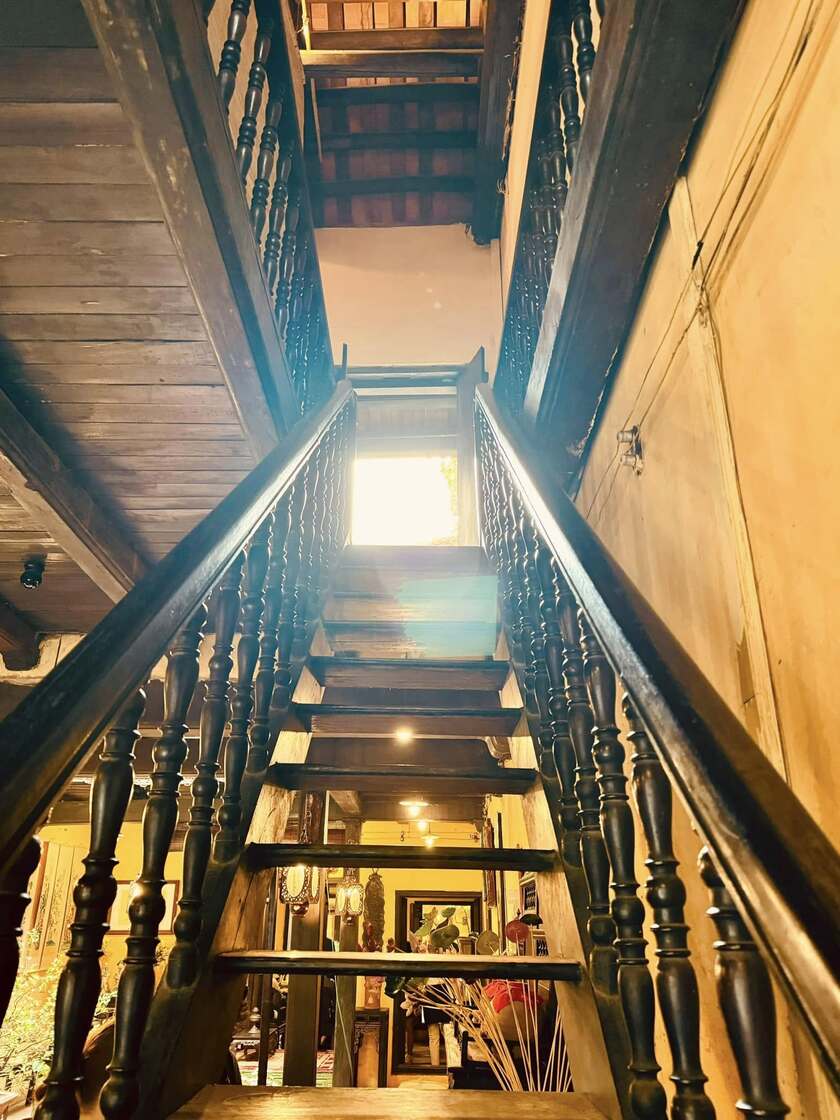
The main load-bearing structure of Ma May ancient house is wood, including a system of wooden columns, wooden beams and wooden rafters. The walls around the house are built of bricks according to the traditional construction method from ancient times, using lime mortar instead of cement. The roof structure is a traditional wooden rafters system of folk houses with a sloping roof on both sides and covered with Vietnamese tiles. The tile layer includes a layer of lining tiles and a layer of fish-tail tiles.
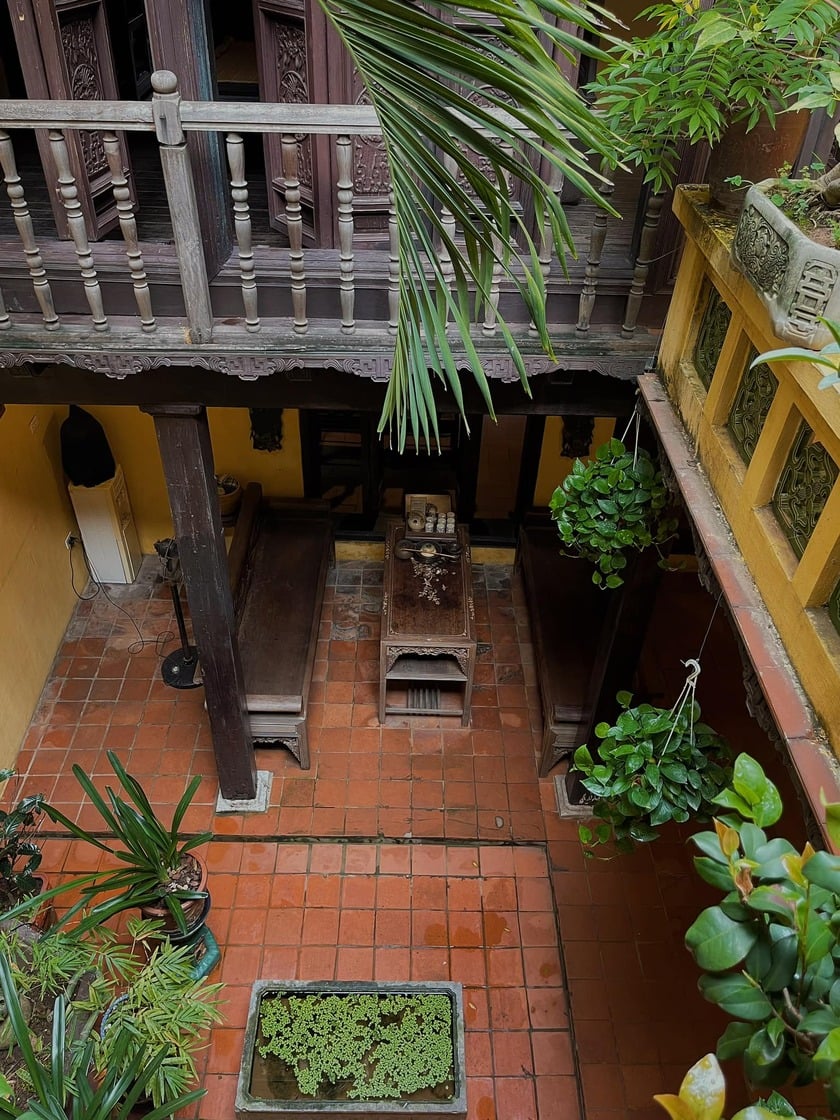
All structures, building materials, architecture and household objects have been preserved and kept as original.
All the architectural details inside the Ma May ancient house were built symmetrically with the main entrance door in the middle and two wide side doors used for trading. The wide windows facing the street were made of wooden planks and could be removed. The entrance doors and the shop doors were panel doors with latches. Above the entrance doors and the shop doors were airy windows decorated with wooden balusters running along the entire facade. Therefore, when the lower door was closed, the upper door was the place for natural light and wind to enter the entire house. The entrance door of the second floor was designed in the style of upper-lower-slat doors and decorated with four-season wood carvings.

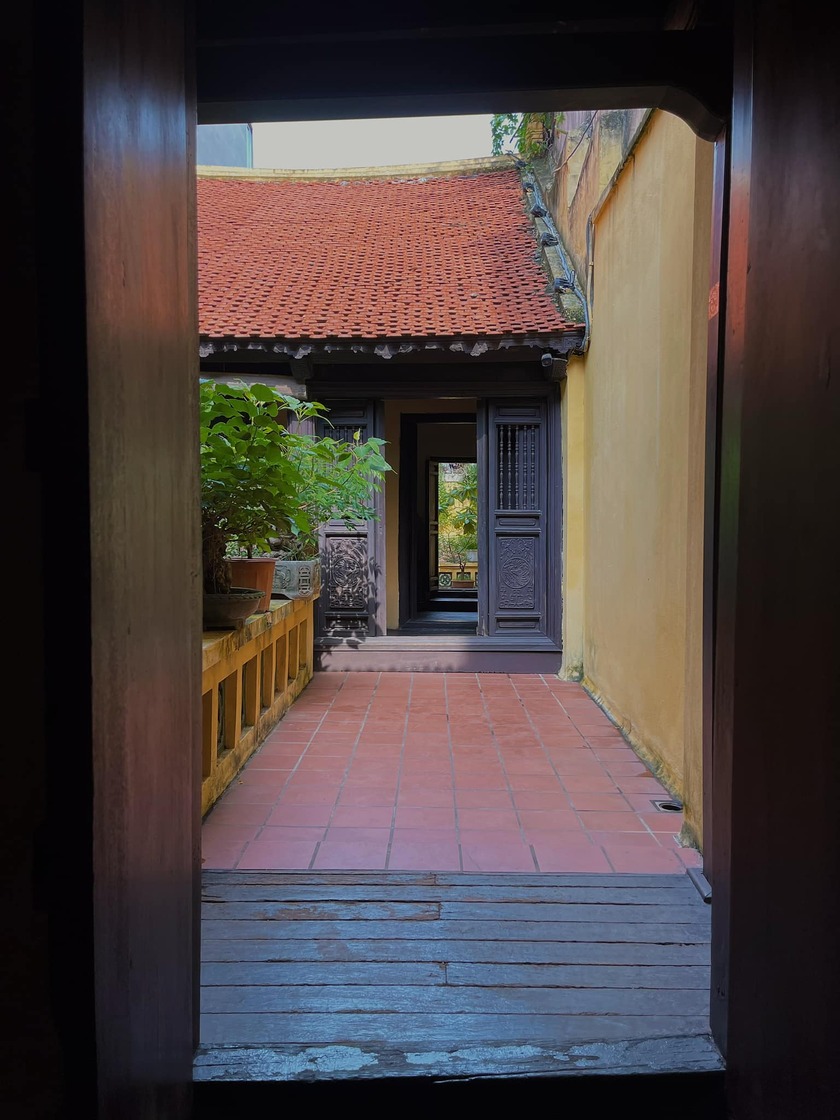

After more than 100 years of existence in the capital, the Ancient House has now become a must-see tourist destination when coming to Hanoi. At the same time, it is also a place to display handicraft products of craft villages such as tea, silk weaving or ceramics... Coming to the ancient house in winter, this place is also decorated with typical flowers of Hanoi such as daisies or peach blossoms. The ancient house at 87 Ma May is truly a place that preserves a solid milestone in the history of architectural development of Hanoi's Old Quarter.
Hanoi Center for Culture and Arts - coordinates of cultural exchange between Vietnam, China and France
22 Hang Buom Cultural and Art Center is located right in the heart of the splendid capital with an area of up to 1,800 m2.2, this place used to be the Cantonese Assembly Hall. Hang Buom Street used to attract many Chinese people to live and trade. At first, they mainly concentrated on Viet Dong Street (now Hang Ngang Street), then gradually spread to surrounding streets such as Hang Bo Street, Phuc Kien Street (now Lan Ong Street) and then to Hang Buom Street.
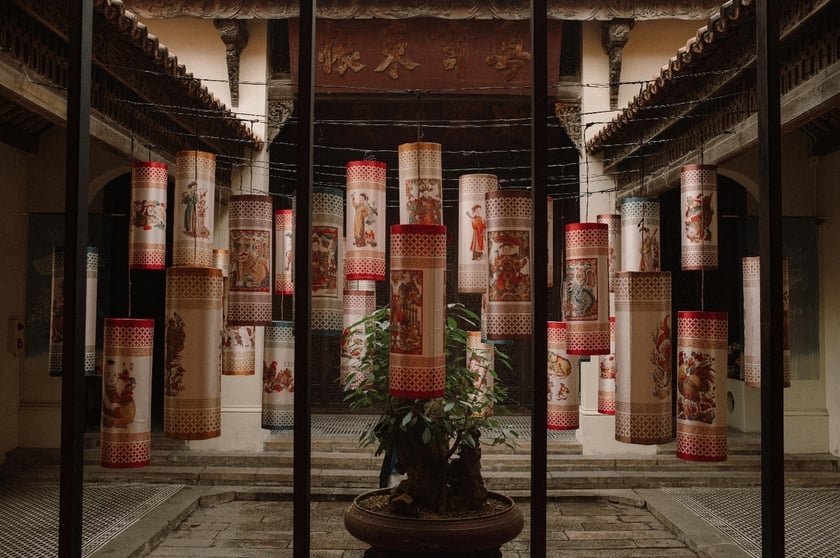
22 Hang Buom Cultural and Art Center - a meeting place for art lovers
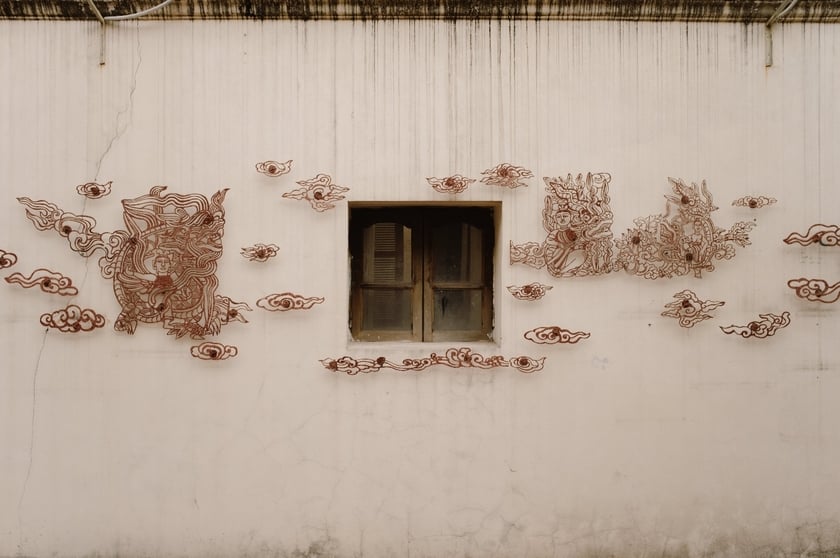


"The street is like a river flowing endlessly, with many lives passing by and many lives coming. In the endless flow of time, every street is filled with happy and sad memories. Hang Buom Street is one of the most typical streets of a city located by the river. The old street specialized in selling pieces of sails and materials related to boats. Now the brown sails are only memories, like many changes, people coming and going. House number 22 Hang Buom Street is like a vortex, drawing in all the ups and downs of the history of this street. There are all the stories of life, stories of the street, stories of the past, of today, of European and Asian rains and winds, of the Ke Cho people, of the Chinese people and of Hanoians today", quoted from the introduction of the exhibition space "Memories of 22 Hang Buom".
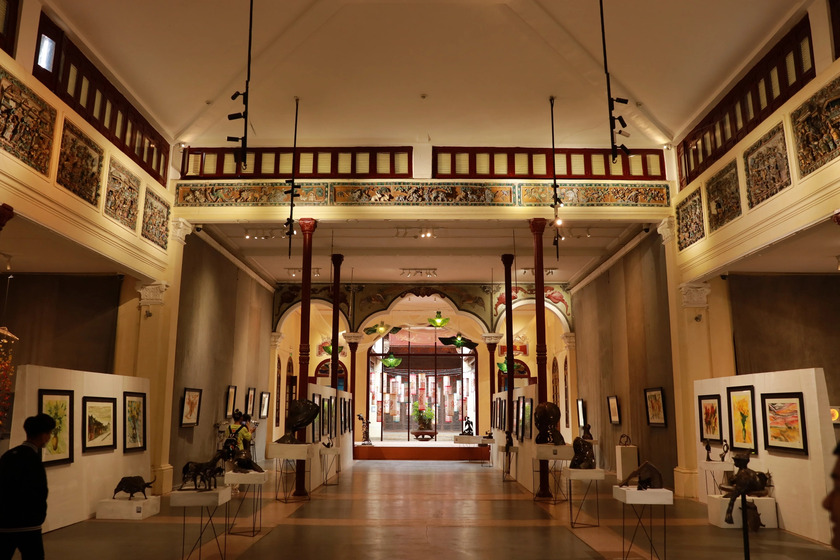
The house was built in the early 20th century and was a cultural gathering place for merchants, the upper class and intellectuals.
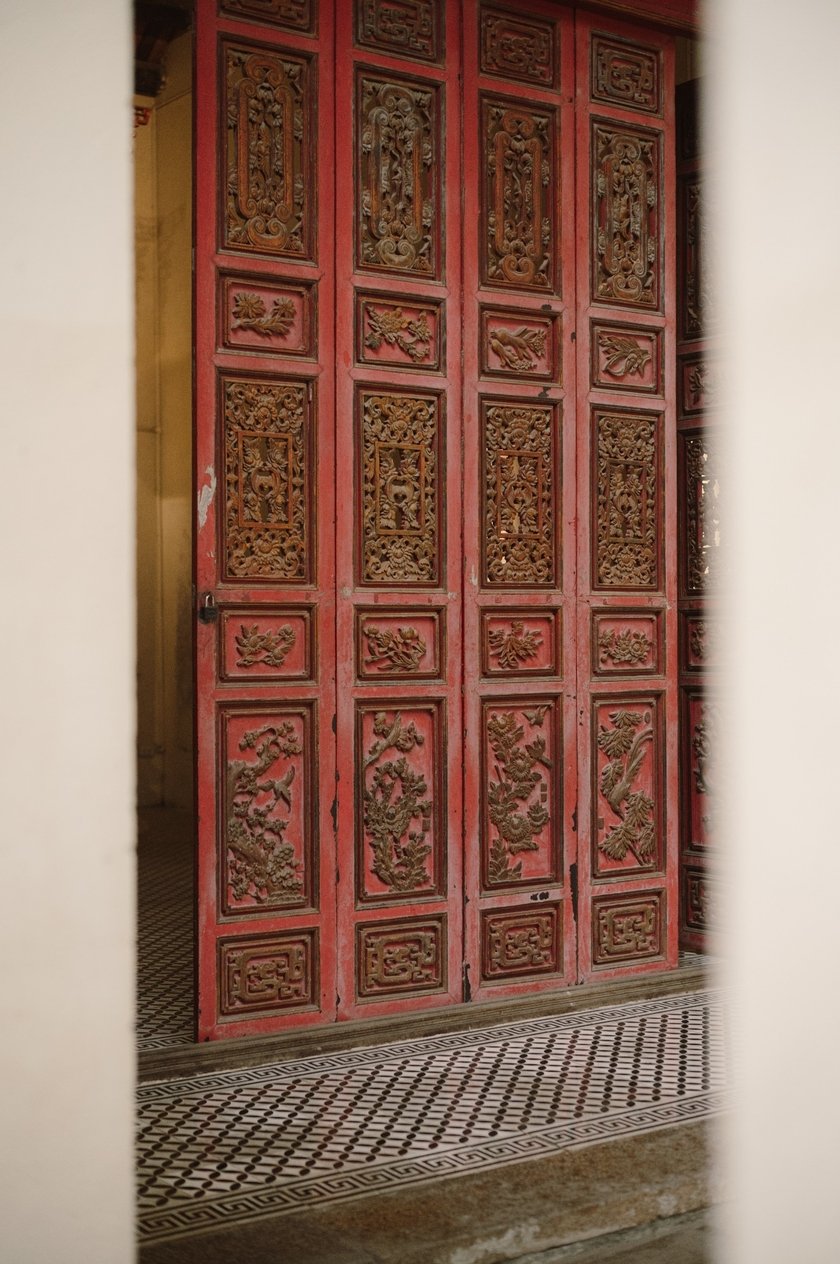
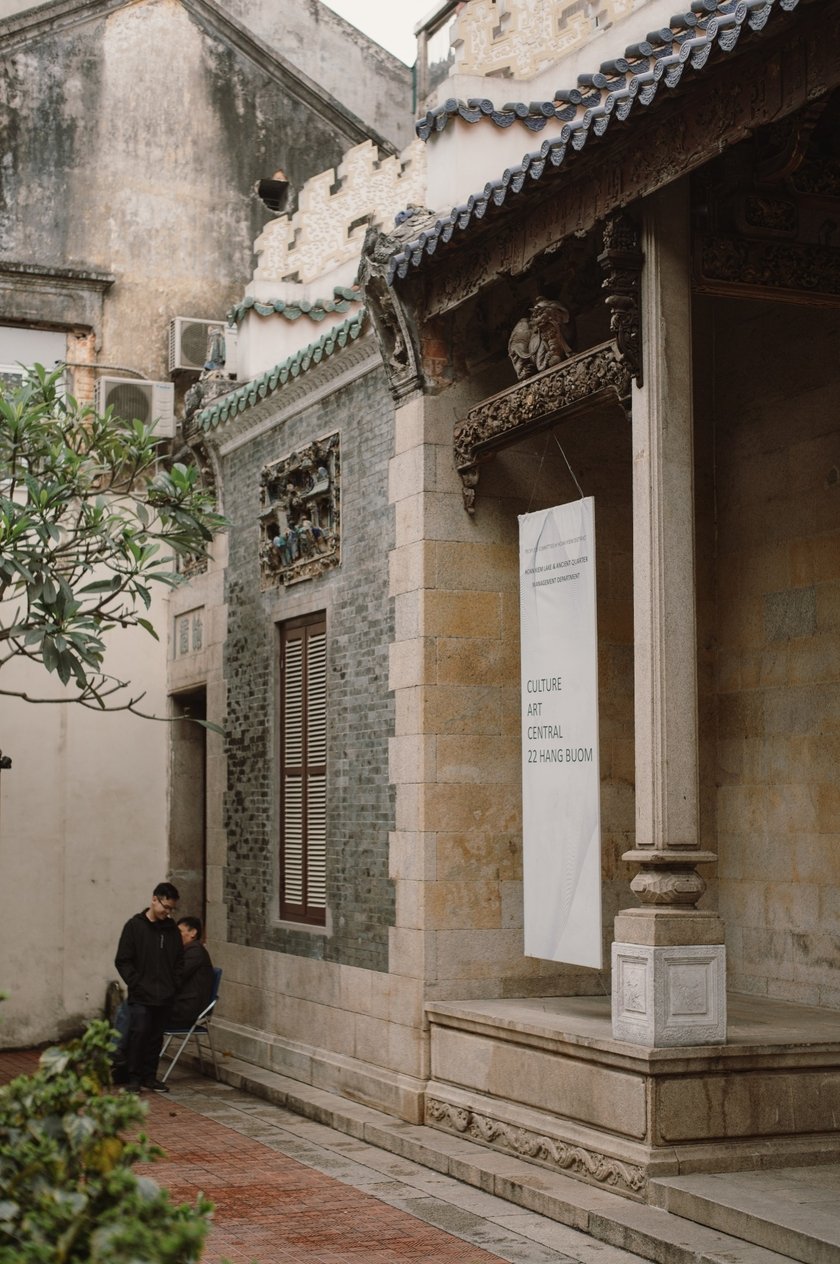
It can be seen that, like other assembly halls in general, the Guangdong Assembly Hall still retains the typical popular architecture with four rows of houses structured to form the letter "Khau" combined with a skylight in the middle of the spaces to circulate air and light.
The 800m2 villa of a famous tycoon in old Hanoi
On Hang Be Street (Hoan Kiem, Hanoi), everyone knows the villa designed in ancient French architecture, 800 m2 wide.2Located deep in alley 44. Built in 1926, the villa not only stands out for its unique architecture but is also a place that preserves many beautiful memories of a wealthy family in old Hanoi.
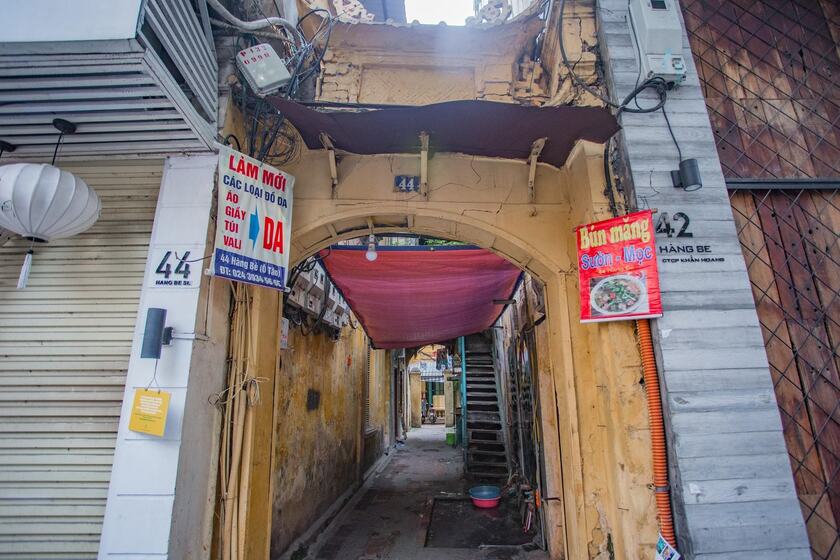
Although 100 years is a long time, the memories left in the ancient villa are still preserved and maintained by later generations.
The first owners of the villa were Mr. Truong Trong Vong and Nguyen Thi Suu, wealthy merchants famous in Hanoi's Old Quarter in the early 20th century. The house was designed in a unique ancient French architectural style. The house is rectangular, with a skylight in the middle, providing light for all rooms. Although it was built nearly 100 years ago, the arrangement of rooms and furniture in the house is very modern, still suitable for today's style. The furniture in the house such as tables, chairs, rosewood beds, cabinets, beds... are still from the time of the ancestors, preserved by their descendants. The current owners never call workers to polish the furniture in the house. Because the descendants do not want to lose the ancient features. However, everything is still very new and modern.
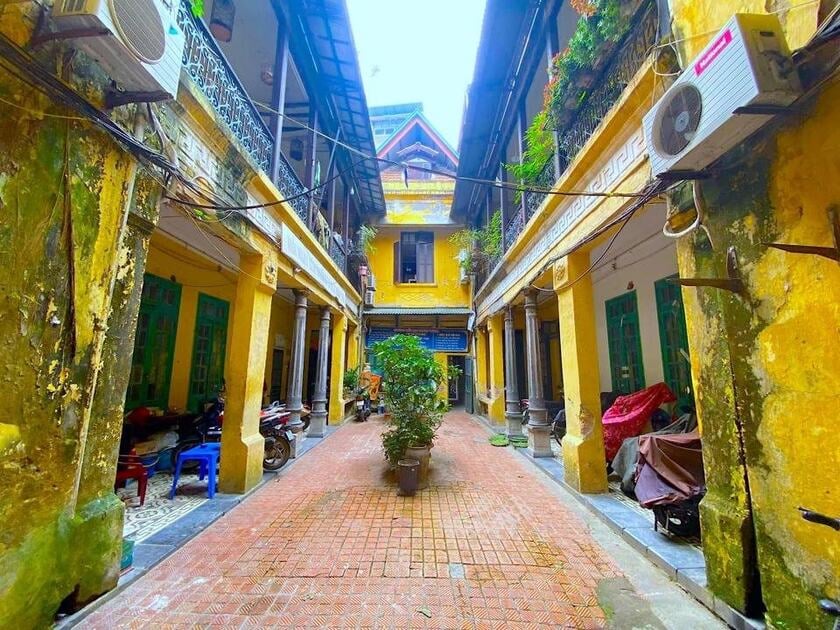
The project was designed by a famous French architect, with a team of nearly 100 workers from provinces near Hanoi working tirelessly for nearly a year.

The villa has all the rooms for family members, from bedrooms for family members, guest rooms, servants' rooms, dining rooms, and toilet systems. The highlight of the villa is the 4 monolithic stone pillars, delicately carved with the motifs "Peach - Chrysanthemum - Bamboo - Apricot" with the meaning of bringing luck and prosperity.
Despite the constant changes in modern society, Hanoi's Old Quarter still steadfastly preserves its precious cultural and traditional features through its ancient houses. These houses are not only simple architectural works, but also "symbols" of the streets, historical witnesses, representing a period of ups and downs of our nation. They are precious gems that need to be cherished and preserved so that future generations can admire and feel the unique beauty of ancient Hanoi.





